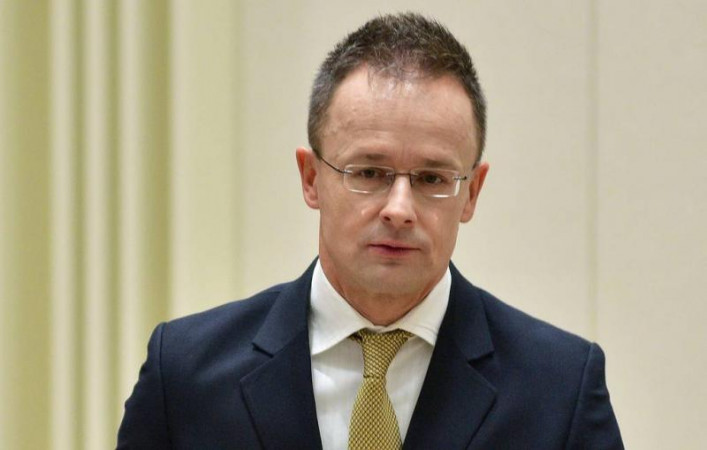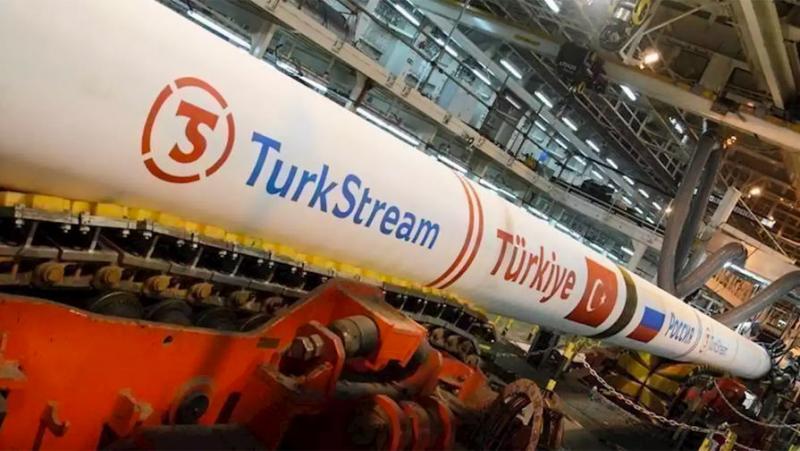
Marco Rubio has paid his first foreign visit as US Secretary of State to Latin America. He visited Panama, El Salvador, Costa Rica, Guatemala, and the Dominican Republic. The key purpose of his voyage, apart from dealing with repatriation of native illegals, was to outline a strategy for countering the clout by the Communist Party of China (CPC) in the Western Hemisphere.
Containing China's global influence seems to be the new US administration’s central task. And Washington started restoring "order" from its "backyard", as Latin America is traditionally referred to as in the United States.
The central "breakthrough" outcome of Rubio's trip was negotiations with Panamanian President Jose Raul Mulino with his subsequent public refusal to engage in PRC’s Belt and Road initiative (BRI). His country also announced that all the American vessels would pass through the Panama Canal free of charge. In other words, Trump lived up to his promise of bringing the canal back under US control without firing a single shot. At least, this was how the new American President presented the thing.
Meanwhile, the United States' struggle against China on the Latin American platform is yet young. First, Chinese companies still remain legal co-owners of the port infrastructure in the Panama Canal zone, being the United States’ acutest unresolved issue.
Secondly, Chinese companies either fully or partially own port facilities in seven countries of the Western Hemisphere: the Bahamas, Brazil, Jamaica, Mexico, Panama, Peru, and the United States itself. China particularly owns over 50% of Paranagua, one of the major ports in both Brazil and Latin America. Also, it has more than half of the shares in the newly built and commissioned Peruvian super-port of Chancay. China is in possession of more than half of the port in Kingston, Jamaica. American estimates claim it may use these three ports for military purposes in case of a crisis.
Besides, China has invested in expanding and modernizing the ports of Tuxpan and Veracruz in Mexico, Puerto Cortez in Honduras, La Libertad in El Salvador, Cristobal and Balboa on both sides of the Panama Canal. China is a co-owner of the Ecuadorian port of Posorja and Chile’s San Antonio. Americans say almost all of these ports (except La Libertad) have "potential for military use," citing "concerns about military and civilian dual-use operations in ports with Chinese corporations present."
As can be seen from this list, the Chinese largely control commercial shipping in the Western Hemisphere. This transportation infrastructure supervision has been a real headache for Trump and his administration. So, Washington has been increasingly calling for decisive action aimed to weaken Beijing's clout brought about by Chinese and Hong Kong companies’ control over Panama Canal’s key infrastructure and other port facilities in the Western Hemisphere.
At a recent meeting of the US House Homeland Security Committee’s Transportation and Maritime Security Subcommittee, its Chairman Carlos Jimenez warned that Beijing had "a strategic position over one of the world’s most important waterways," referring to the Panama Canal. According to him, "this provides the CCP with the opportunity to exert influence over commercial shipping, gather intelligence on American and allied vessel traffic, and potentially restrict the mobility of our Navy in a time of crises."
"The United States cannot and will not accept a scenario where a foreign adversary — one that openly seeks to undermine our global standing — controls infrastructure critical to US homeland security, military readiness, and economic stability," Jimenez went on to say. He urged US allies in Latin America to "distance themselves from PRC state-owned enterprises."
US Secretary of State Marco Rubio has threatened Panama's leader Jose Raul Mulino with retaliatory measures from America if his country does not immediately reduce China's influence on the Panama Canal. But how can this be done? The Panamanian President insists that the neutrality regime under the Panama Canal Treaty has not been violated. However, local lawyers (hired by the Americans, it seems) filed a lawsuit with their country's Supreme Court, dubbing the contract allowing Hong Kong’s Hutchison company operate terminals at the port of Balboa on the Pacific side and at the port of Cristobal on the Atlantic side of the Panama Canal as "unconstitutional." This implies a chance that Chinese property there is simply going to be nationalized.
On the other hand, the aforementioned subcommittee meeting featured ideas that Washington should consider buying out some ports and offering its allies certain incentives to move away from China.
But the maritime transport infrastructure is only part of the problem for the United States. What about Chinese investment in other sectors of the region's economy and trade agreements with Latin American partners? As of 2024, Beijing signed free trade agreements with Chile, Costa Rica, Ecuador, Nicaragua, and Peru. A total of 22 Latin American and Caribbean countries have so far signed up to China's Belt and Road Initiative, with Colombia announcing plans to join in as well. Brazil, in turn, has decided to abstain for the time being.
China's foreign direct investments and loans also play an important part in strengthening ties with the region. In 2023, its foreign direct investment in Latin America and the Caribbean amounted to about $9bn, or about six percent of the country’s total relevant amount.
Meanwhile, the state-owned China Development Bank and Export-Import Bank of China are among the region's leading lenders. Since 2005, they have provided loans worth over $120bn to Latin American and Caribbean states, often in exchange for oil.
Venezuela has been the largest borrower to get almost $60bn in Chinese government loans, mostly related to energy or infrastructure. This is almost twice as much as Brazil, the list’s runner-up. Moreover, China has a say in the Inter-American Development Bank and the Caribbean Development Bank.
All the data indicate that the PRC has been rooted deeply in Latin America, both financially and economically. And so far, it is clear that the United States has set itself and the countries in its "backyard" the task of doing away with these roots. The process is going to be protracted and challenging. China does not intend to cede ground and, for one, expressed a serious protest to the American side over the "unfounded accusations" by Secretary of State Marco Rubio during his visit to Latin America and the Caribbean.
China is well aware that the United States will not take any military action and is most likely about to the way it does in Panama, looking for legal clues to squeeze out the Chinese by nationalizing their property.
Trump's task is all but back-breaking. But while it does have at least some chances in Latin America as the United States’ traditional patrimony, how should Washington deal with the rest of the world? After all, almost half of the leading container ports beyond China are owned by the Chinese or operate in their interests. The same scale applies to Chinese investment around the globe. Don't burst yourself, Brother Johnathan!


